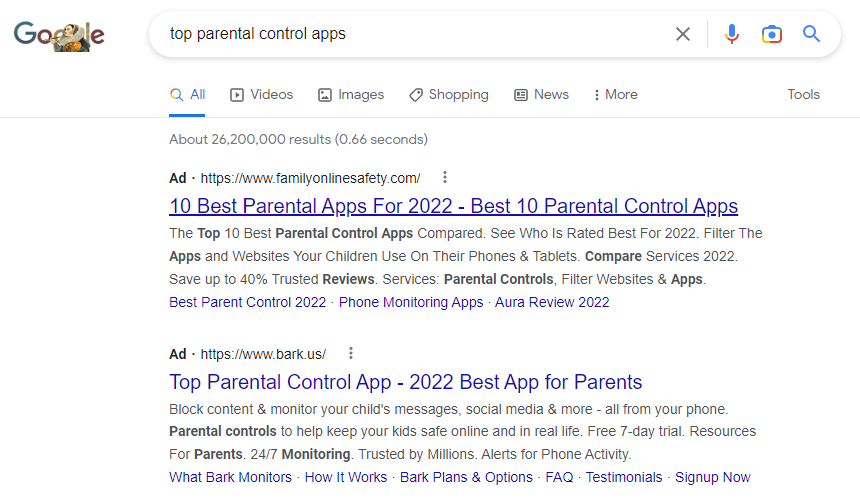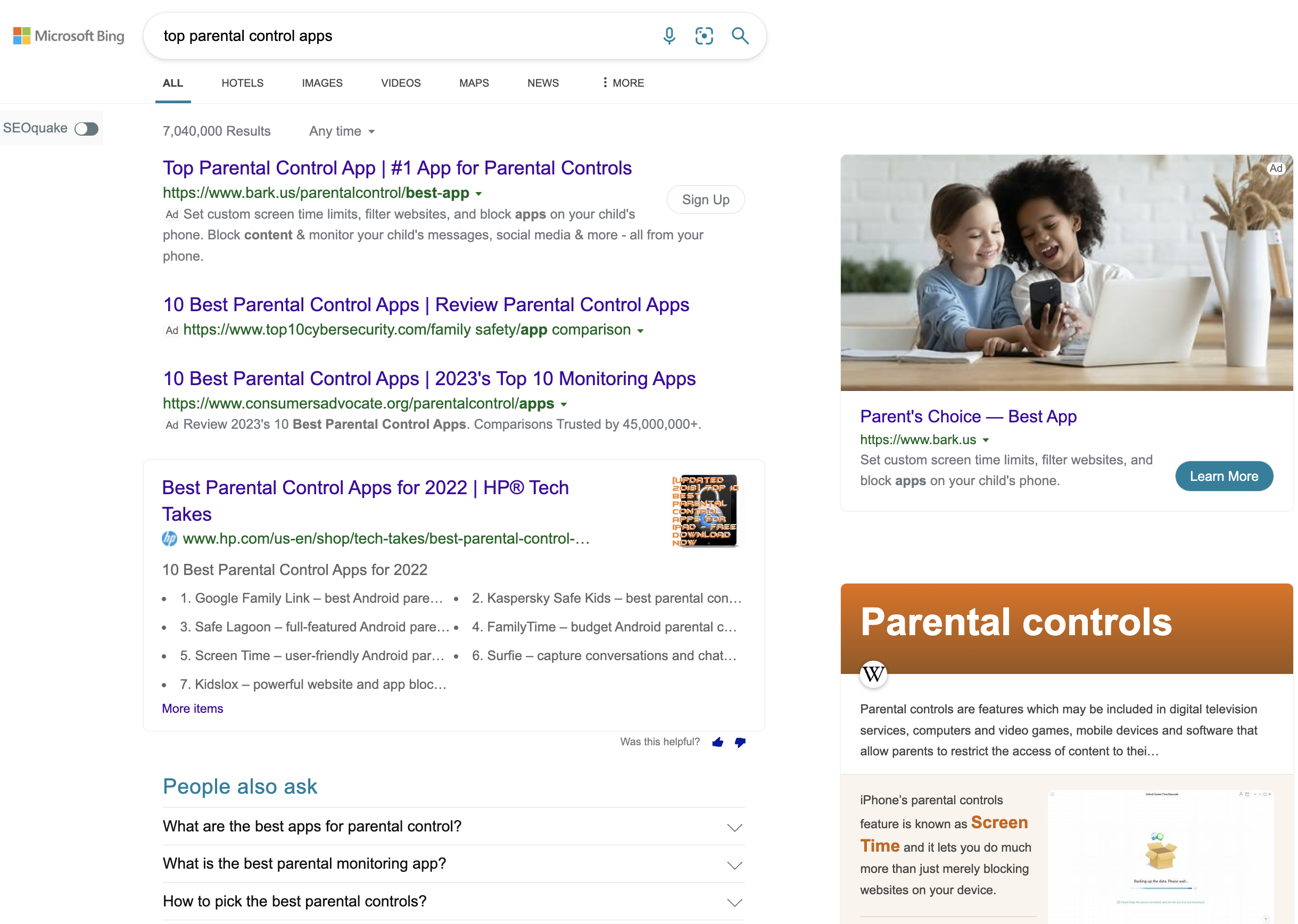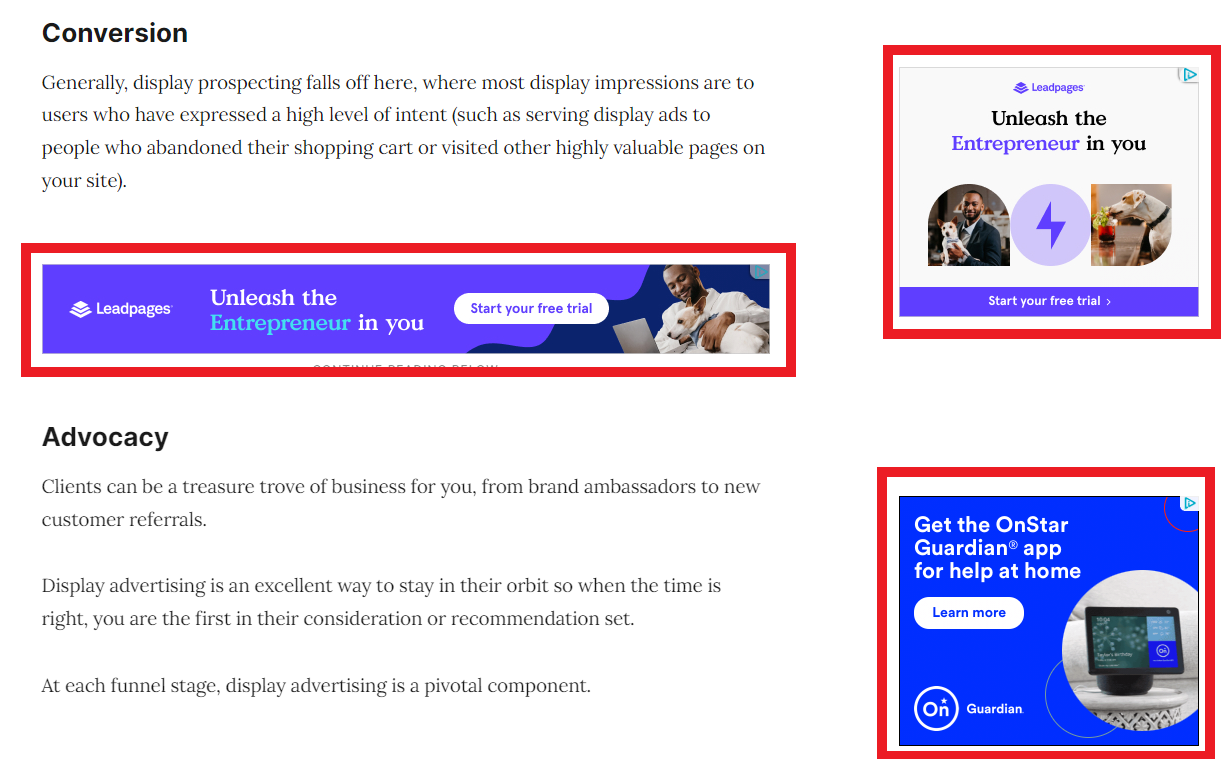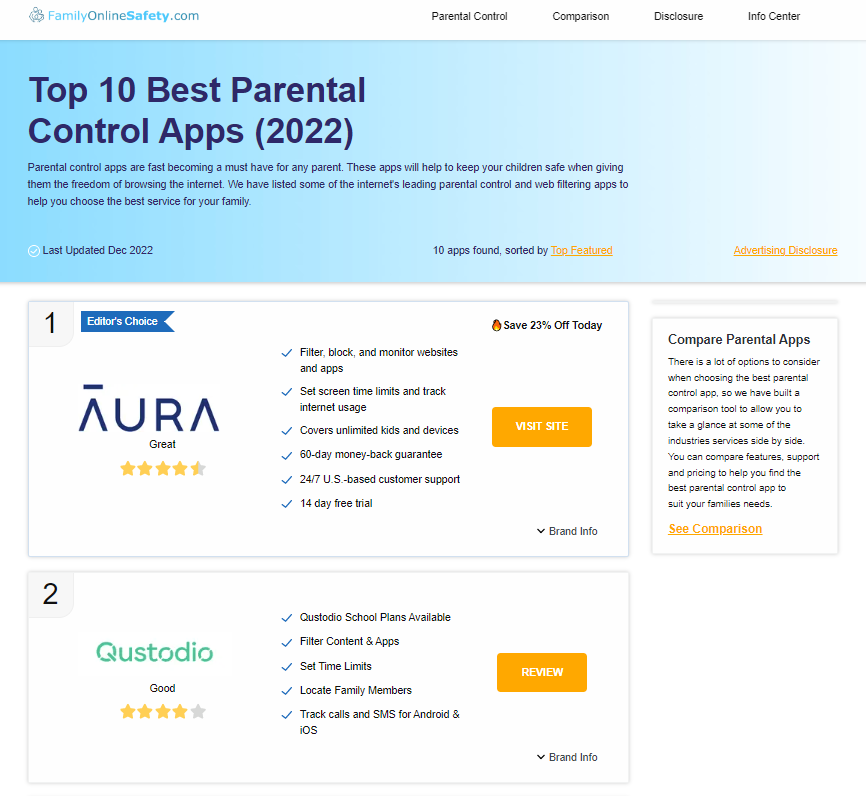The term ‘paid media’ is commonly used in the marketing industry.
Some use the term paid media interchangeably with PPC advertising, but oftentimes it relates to a broader advertising scope.
This comprehensive guide will teach you what paid media is (and what it isn’t), the difference between different media types, and offer in-depth examples.
What Is Paid Media?
Paid media is any marketing effort that contains a paid placement.
While paid media is often used interchangeably with the term cost-per-click (CPC), it’s important to note the differentiation.
Paid media is used broadly to describe a channel, tactic, or strategy within the digital landscape. It does not specify certain channels or even necessarily between search, social, or other awareness advertising.
The Difference Between Earned, Owned, And Paid Media
Paid media is not the only media to drive awareness and demand. Earned media and owned media are vital pieces of a successful brand strategy.
It’s important not to confuse the three types of media, as each serves its own purpose. Let’s take a look at the key differences.
- Earned media: Any type of brand exposure gained from methods other than paid advertising.
- Owned media: Any type of content your brand creates and controls.
Some examples of earned media include:
- Social sharing from customers.
- Customer reviews.
- External media coverage (public relations).
Owned media examples include:
- Your website.
- Social media channels.
- Blog posts.
Types Of Paid Media Channels
Now that we’ve identified the definition of paid media, let’s take a look at the different types of paid media channels and the purposes they serve.
Before we dive into the different paid media channels, it’s also important to note the difference between ad formats and ad channels.
Ad formats are the type of ads shown in a particular channel. An ad format example could be:
- Search ad.
- Video ad.
- Display ad.
- Banner ad.
So while ad formats are important and will depend on the channel, below we will focus on the channels themselves.
There are other types of paid media channels available that are not listed here, such as more traditional methods like direct mail or billboards. These paid media channels have a more physical presence, and here we will focus on digital channels.
Paid Search
The most common platforms in paid search are Google and Bing search engines.
Google is the leading search engine in market share, with its sites generating around 61% of user searches in the United States.
Microsoft (Bing) is the second leading search engine, generating almost 27% of user searches across its network of sites.
Less commonly used search engines that users leverage are:
- Yahoo.
- Ask Network.
- AOL.
The most common ad format on search engines is text-based.
However, depending on the context of a user’s search, other formats may be shown, such as a Shopping ad.
Shopping ad formats consist mainly of a product image, name, price, and description.
Paid Social
Paid social platforms have truly transformed over the past few years.
Not only are there more social platforms to choose from, but there are also more ways for brands to advertise on each platform.
Some of the most common paid social platforms include:
- Meta (Facebook).
- Instagram.
- LinkedIn.
- TikTok.
- Pinterest.
- Snapchat.
- Twitter.
The most common ad format in social channels is placed within a user’s newsfeed as they scroll. These ads will either consist of one (or more) static images or a video as the main visual.
Additionally, most paid social platforms offer different placement types for sponsored ads. For example, Instagram and Snapchat can show ads between user stories.
Some paid social platforms are more beneficial for B2B companies than for B2C brands.
For example, LinkedIn advertising consists mainly of B2B brands marketing their product or service to other professionals.
Other platforms like TikTok and Snapchat may be better suited for B2C or ecommerce brands.
Whatever paid social channel you choose from, just make sure that your target audience is there as well.
Programmatic & Display
Display ads are shown on a variety of channels and networks. Ads are displayed on numerous websites and apps depending on the network.
While programmatic refers to the strategy of when/where/how to publish ads, display refers to the actual format of ads shown.
One of the most common display channels is the Google Display Network (GDN). This differs from programmatic because the GDN is a closed network owned by Google.
The channels programmatic uses for its ad buys are comprised of the channels listed here.
Affiliate Marketing
This type of marketing is when a company or brand pays affiliates for each sale they contribute.
One of the biggest channels for affiliate marketing is through bloggers. A blogger will mention another product or brand in their post and then get paid for every sale attributed back to that blog post.
This type of marketing is beneficial because it allows your brand to expand and scale its reach through other popular influencers in your space.
Other popular affiliate marketing channels include:
- Email lists.
- Coupon sites.
- Review sites.
The beauty of affiliate marketing is that you can pick your partners and publishers. You should always choose partners aligned with your company’s objectives and goals.
Examples Of Paid Media
This is where the ad formats are married to the paid media channels.
Below are examples of paid media ads from the popular channels listed above. These examples can help provide context when deciding what types of paid media to run.
Search Examples
When searching for “top parental control apps” in Google, the first two positions are examples of search ads.
 Screenshot from Google search for [top parental control apps], Google, December 2022
Screenshot from Google search for [top parental control apps], Google, December 2022 Screenshot from Bing search for [top parental control apps], January 2023
Screenshot from Bing search for [top parental control apps], January 2023 Screenshot from Google search for [top parental control apps], Google, December 2022
Screenshot from Google search for [top parental control apps], Google, December 2022Paid Social Examples
Each social platform’s ad formats look different within their respective newsfeeds.
Here is a LinkedIn newsfeed example:
 Screenshot from LinkedIn, December 2022
Screenshot from LinkedIn, December 2022A Facebook ad newsfeed example:
 Screenshot from Facebook, December 2022
Screenshot from Facebook, December 2022Instagram also offers ads in its “Stories” placement. An example from Marriott is below:
 Screenshot from Instagram, December 2022
Screenshot from Instagram, December 2022Display Examples
Display ads can be in all shapes and sizes, depending on the website or app. Below is an example of three different display ads shown on one webpage.
 Screenshot from author, December 2022
Screenshot from author, December 2022Affiliate Examples
Sometimes affiliate ads can be difficult to spot.
For example, “Listicle” articles have become a hot commodity, where a publisher is paid by other brands to be included in a “Top” product article.
 Screenshot from FamilyOnlineSafety.com, December 2022
Screenshot from FamilyOnlineSafety.com, December 2022However, if you take a closer look at this example’s “Advertising Disclosure,” you’ll notice that this publisher is paid by the brands for exclusive placement:
 Screenshot from FamilyOnlineSafety.com, December 2022
Screenshot from FamilyOnlineSafety.com, December 2022Summary
Paid media is a crucial component of any marketing strategy and can deliver fast results. However, you should not fully rely on paid media to drive sustainable growth by itself.
The appropriate paid media channels for your brand should be determined by your goals and where your target audience spends their time.
Creating a holistic plan comprising paid, earned, and owned media helps your company maximize reach with your customers and reduce marketing costs over time.
More resources:
- 5 Types Of Social Media Networks And The Benefits Of Each One
- Paid Social Media: A Guide To Social Advertising Success
- Social Media Marketing: A Complete Strategy Guide
Featured Image: VectorMine/Shutterstock





![[SEO, PPC & Attribution] Unlocking The Power Of Offline Marketing In A Digital World](https://www.searchenginejournal.com/wp-content/uploads/2025/03/sidebar1x-534.png)